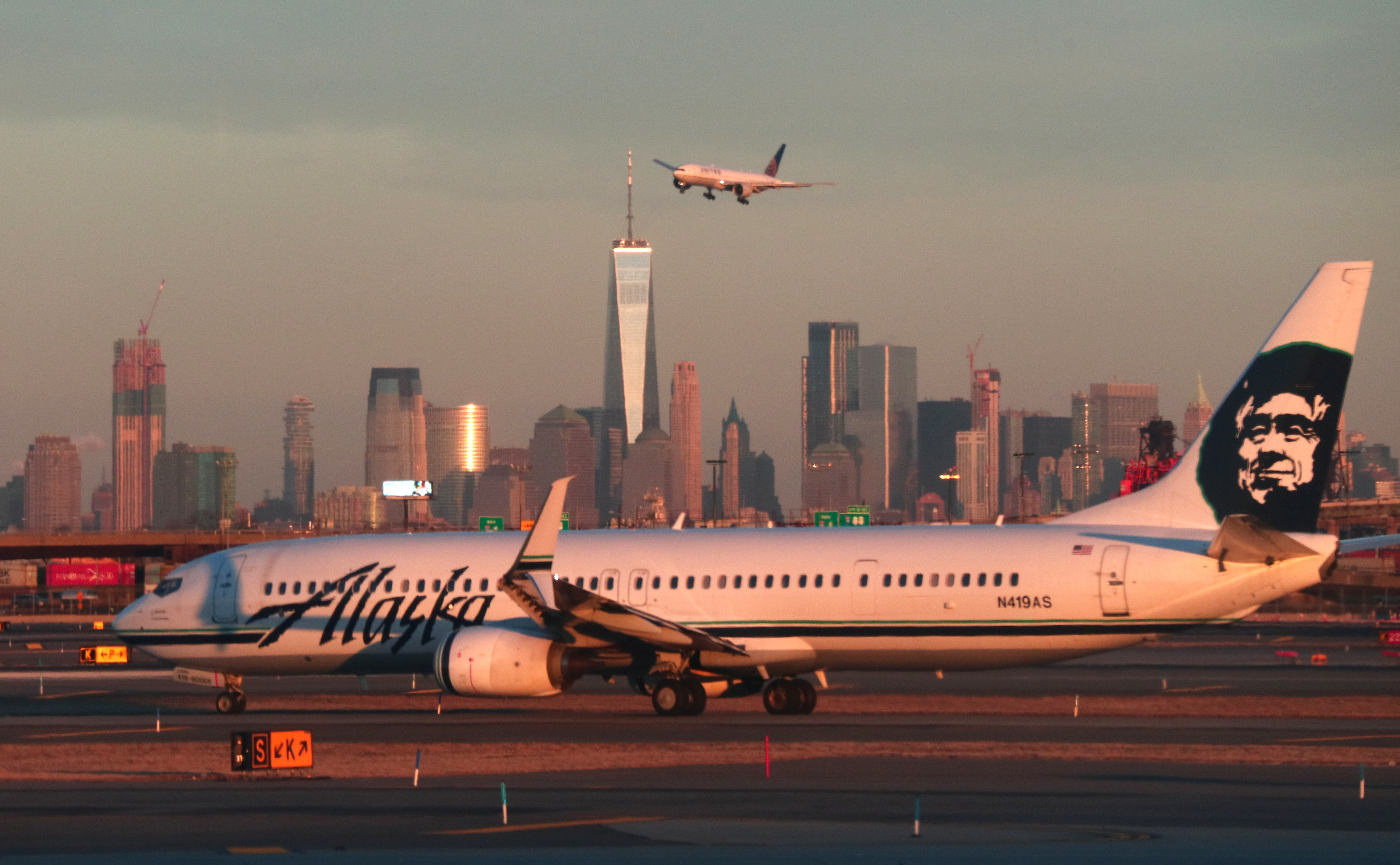A pedestrian bridge that collapsed and killed six people last year near Florida International University showed significant design errors and should have been more carefully monitored by the state government because of the project's complexity, federal officials said Tuesday.
The National Transportation Safety Board members concluded Tuesday the design firm FIGG Bridge Engineers, Inc. underestimated the load of the bridge and overestimated its strength in a critical section that splintered, dropping a 174-foot-long span onto eight cars on March 15, 2018.
NTSB's chairman Robert Sumwalt said the cracking observed days before the collapse should have prompted contractors and the Florida International University to close the road but did not, leading to a "catastrophic loss of life."
The engineers investigating the collapse told the board members the cracks were 40 times larger than what is commonly accepted. Dan Walsh said they were "alarming warning signs," saying it was as if "the bridge was talking" to the contractors.
"The bridge was talking to them, but it wasn't just talking, it was screaming at them," said Sumwalt. "Yet no one was listening."
Sumwalt said he had never seen so much finger-pointing among parties involved in a transportation project. FIGG maintained on Tuesday the collapse would have not happened if a critical section of the bridge would have been built as required by state standards. But the NTSB findings said the bridge could have still failed because of design miscalculations.
Designed to look like a cable-stayed bridge, the project was uncommon as similar bridges are generally constructed with steel, not concrete, engineers said. The project's complexity should have required a greater oversight by the Florida Department of Transportation, the board said in its findings.
U.S. & World
The 18-month investigation showed the company tasked to conduct an independent review, which could have caught bridge design errors, was mistakenly listed as qualified by FDOT.
FDOT said the companies shouldn't have simply relied on its website-generated report as proof of the reviewer's credentials, but NTSB's vice chairman Bruce Landsberg said the state should have paid more attention.
"If you can't get correct information on your website, you shouldn't put it up at all," he said.
Another board member, Jennifer Homendy, asked investigators about the meeting that took place a few hours before the span fell onto oncoming traffic as crews tightened support rods in the northern section of the bridge to address the cracking. The bridge fell immediately after that work was done.
Homendy asked investigator Dan Walsh whether any of the contractors or university officials at the meeting asked about closing the road as the cracks expanded in size and plans were made to fix the bridge. Walsh said no one did.
Engineers said all parties involved in that meeting had "implied authority" to close the road, but Sumwalt questioned why the university did not take the lead as the project's grantee.
"You can contract out your authority, but you can't contract out your responsibility," he said.
The Florida International University said in a statement that it relied on professionals to notify the university of safety concerns. The engineers said the cracks were not a safety concern.
"We are heartbroken that the road was not closed and are committed to doing our part to help prevent something similar from happening again," the statement said.
The university said it intends to build a new bridge where the victims will be memorialized.



